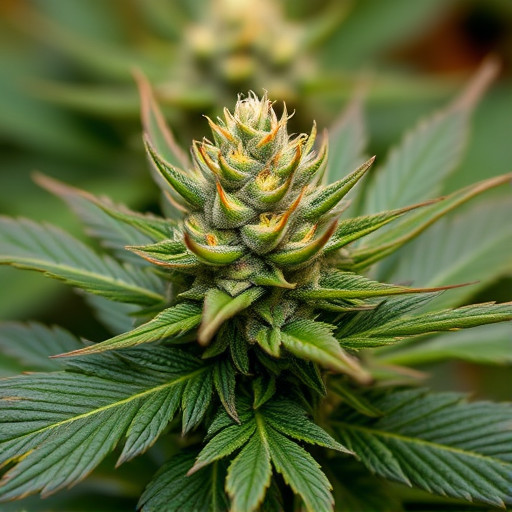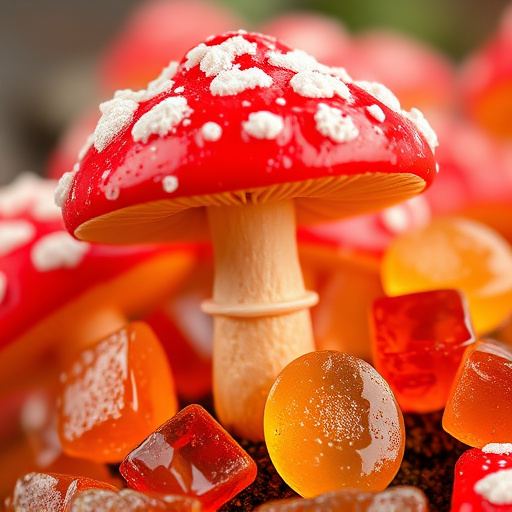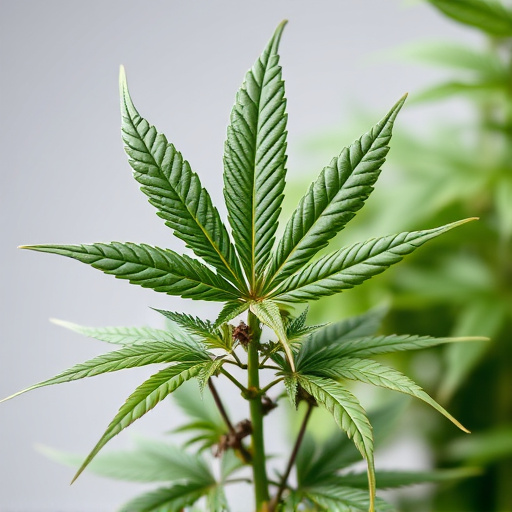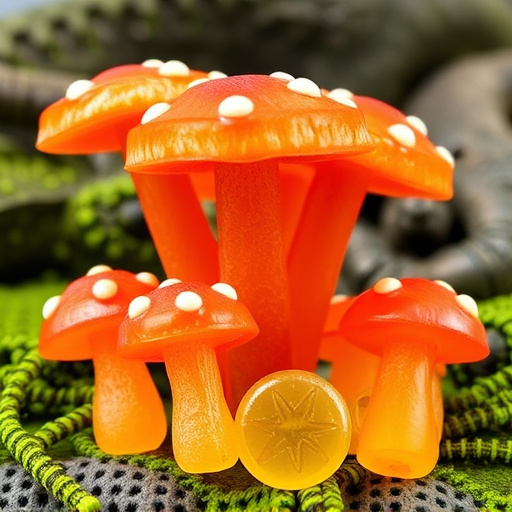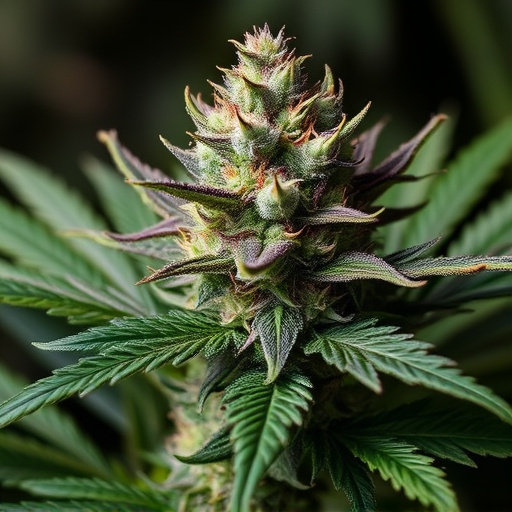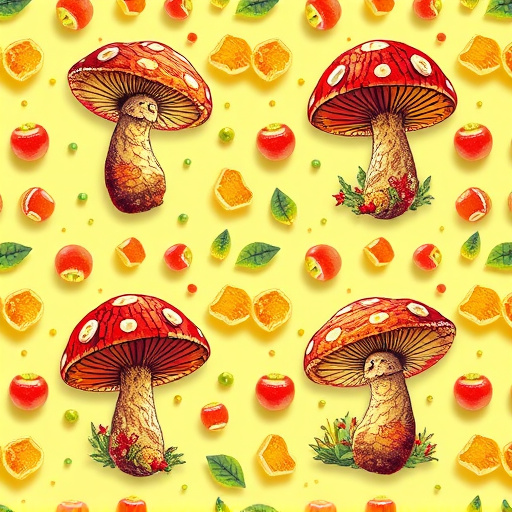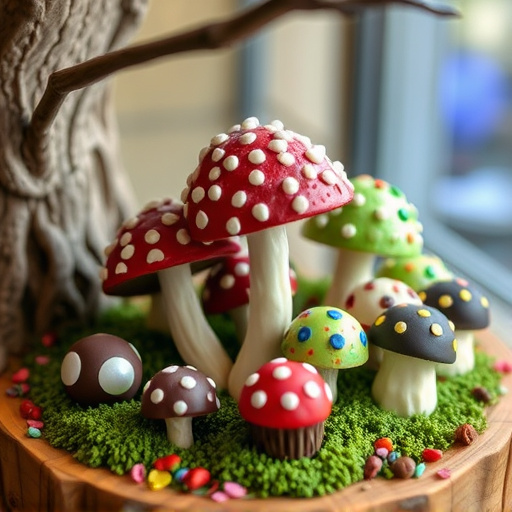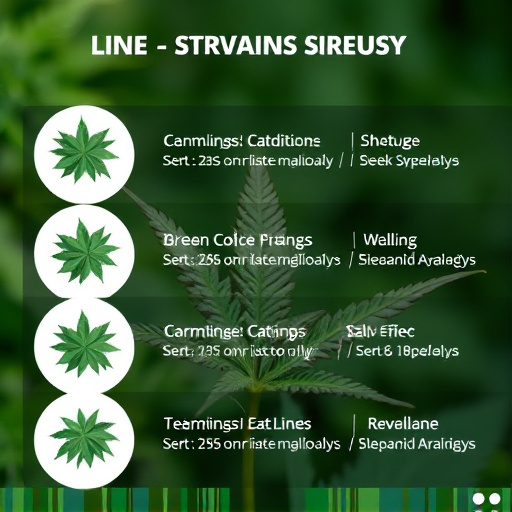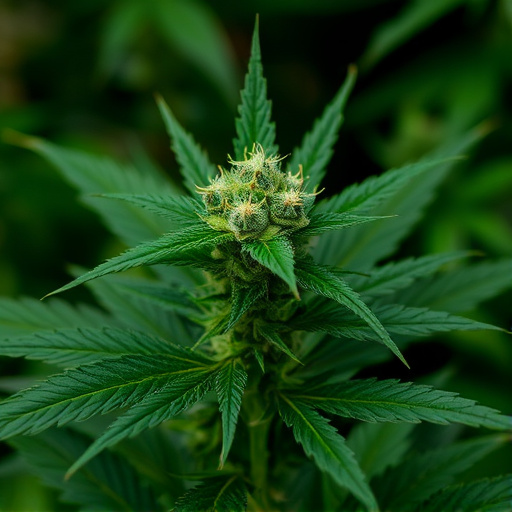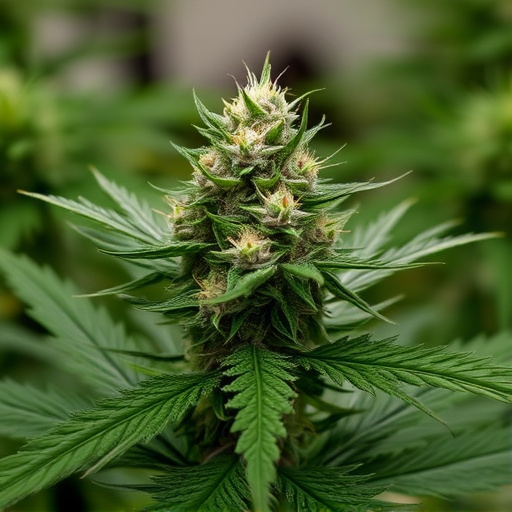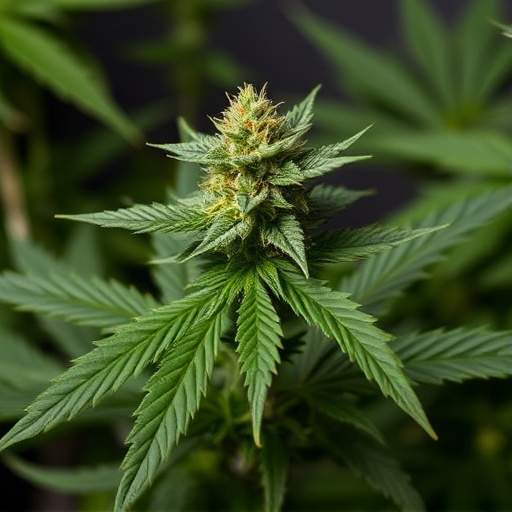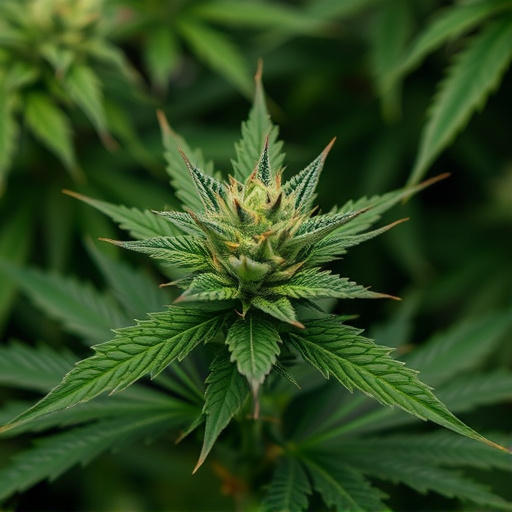Cannabis strain genetics and cannabinoid profiles, including THC and CBD levels, significantly impact the intensity and duration of the high. Faster metabolisms and higher tolerance shorten high times, while personal experiences and environment play substantial roles in subjectively perceiving length. Terpenes and setting enhance or alter cannabinoids' effects, enabling users to tailor their cannabis experience based on these factors.
The duration of a weed high can vary dramatically from person to person and even with different cannabis strains. In this article, we’ll explore three key factors that dictate how long the effects last. Firstly, let’s delve into the genetics and cannabinoid content, specifically focusing on THC and CBD levels. Next, we’ll discuss individual factors like metabolism, tolerance, and personal experience. Lastly, we’ll examine environmental influences such as terpenes, setting, and external stimuli. Understanding these elements can help users anticipate and optimize their cannabis experiences.
- Genetics and Cannabinoid Content: Exploring the Role of THC and CBD in High Intensity
- Individual Factors: Metabolism, Tolerance, and Personal Experience
- Environmental Influences: Terpenes, Setting, and External Stimuli
Genetics and Cannabinoid Content: Exploring the Role of THC and CBD in High Intensity
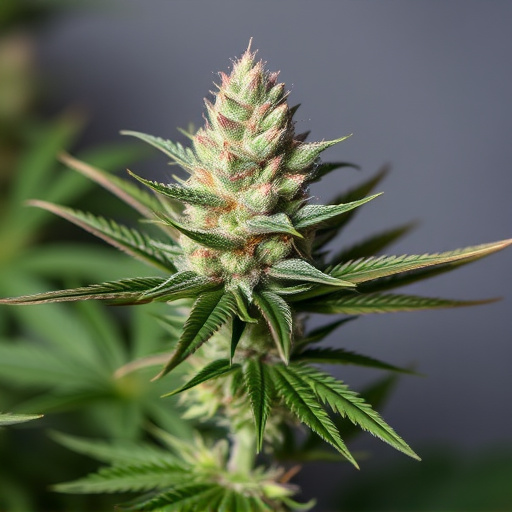
The genetics and cannabinoid content of cannabis plants play a significant role in determining the duration and intensity of a high. Cannabis strains vary widely in their THC (tetrahydrocannabinol) levels, which is the primary psychoactive compound responsible for most of the effects associated with marijuana use. Higher concentrations of THC can lead to more intense highs but may also increase the likelihood of adverse effects like anxiety or paranoia.
CBD (cannabidiol), another cannabinoid found in cannabis, has gained attention for its potential therapeutic benefits and minimal psychoactive effects. While CBD doesn’t produce a high on its own, it can interact with THC to modify its effects. Some strains are bred specifically for higher CBD content, which may help mitigate the intense feelings sometimes associated with potent THC strains, offering a more balanced and potentially longer-lasting high experience.
Individual Factors: Metabolism, Tolerance, and Personal Experience
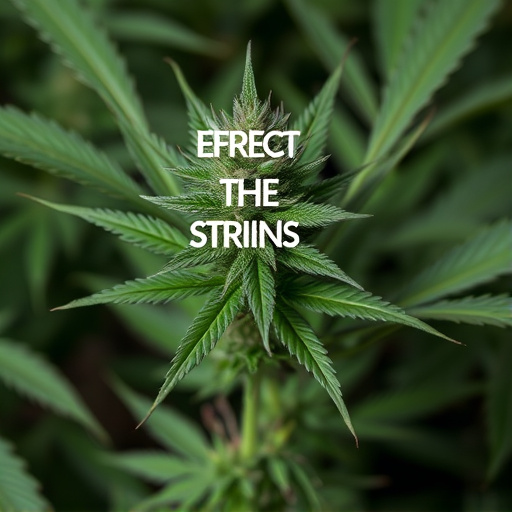
The duration of a weed high can vary significantly from person to person, and this is largely influenced by individual factors. One of the key aspects is metabolism—how quickly your body processes and breaks down cannabinoids like THC, which is responsible for the characteristic “high” feeling. Faster metabolisms tend to lead to shorter-lasting effects, while slower metabolisms may experience a more prolonged high.
Additionally, tolerance plays a crucial role. Regular users of cannabis strains with higher THC content may develop a higher tolerance, meaning they require more substance to achieve the same effect. As a result, their highs might not last as long as those of occasional users. Personal experiences also come into play; emotional state, environment, and expectations can all impact how an individual perceives and interprets their high, potentially altering its perceived duration.
Environmental Influences: Terpenes, Setting, and External Stimuli
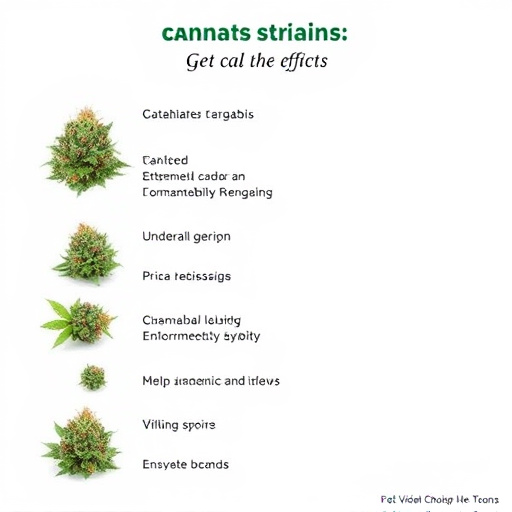
The environment in which one consumes cannabis plays a significant role in shaping the duration and intensity of its effects, often referred to as a “high.” Terpenes, aromatic compounds found in various cannabis strains, are key contributors to this phenomenon. Different terpenes can enhance or alter the psychoactive properties of cannabinoids like THC, affecting how long the high lasts. For instance, myrcene is known for its sedative qualities and may promote a longer-lasting relaxation, while limonene, with its citrusy scent, might elevate mood but potentially shorten the overall duration.
The setting itself can significantly influence the cannabis experience. A quiet, comfortable environment free from distractions allows individuals to fully immerse themselves in the effects, intensifying their perception of time and altering their sense of self. External stimuli, such as lighting, music, and even social interactions, also play a part. Dim lighting and calming melodies might prolong the feeling of being “high,” while bright lights or engaging conversations could serve as reminders that time is passing more quickly than anticipated, potentially shortening the perceived duration of the high.
The duration of a weed high is influenced by a complex interplay of genetic factors, cannabinoid content, individual metabolic differences, tolerance levels, and environmental stimuli. Understanding these elements, including the specific effects of THC and CBD, as well as the role of terpenes, can help users predict and optimize their cannabis experiences. Personal experiences play a significant role in how one perceives and interprets the high, underscoring the subjective nature of these effects within the diverse landscape of cannabis strains.
